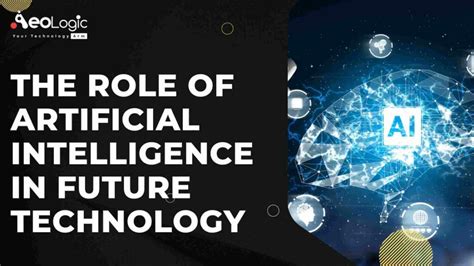The role of AI in improving the transparency of blockchain
In recent years, Blockchain has recorded rapid growth and quick introduction in various industries. Financial transactions are one of the key areas where blockchain is used to promote transparency and credibility. The main challenge, however, is to ensure that these transactions are safe, reliable and transparent.
Blockchain technology enables secure, decentralized and transparent data storage and data exchange using Peer-to-Peer computer networks, which are referred to as nodes. Each node checks and records all transactions and has a fixed and manipulative capacity. This decentralized architecture allows several pages to look at the whole story of blockchain without relying on agents.
Despite many advantages, blockchain often affects various factors, such as:
- Lack of standardization : The lack of a normalized data format makes it difficult to compare transactions on various platforms and networks.
2.
- Insufficient review mechanisms : Current methods of blockchain verification are often based on a manual review, which is time consuming and susceptible to human errors.
To deal with these challenges and improve blockchain transparency, scientists have examined the use of artificial intelligence (AI) in various aspects of blockchain technology.
The role of AI in improving the transparency of blockchain
Artificial intelligence has several key roles to improve blockchain transparency:
- automated data control : AI can be used to analyze large amounts of data and to recognize possible errors or inconsistencies that can affect blockchain integrity.
- Optimization of the node network : Analyzing patterns and anomalies in the node network, AI can optimize node configurations, reduce energy consumption and improve the overall system performance.
- Forecast modeling : Machine learning algorithms can be trained to predict possible blockchain problems so that proactive measurements can be possible to reduce these risks.
How can KI help in improving blockchain’s transparency
The possibilities of how KI can improve blockchain’s transparency include:
- Blockchain Analytics Toolkits : Development of tools operated by AI, which analyze and visualize blockchain data, can help identify trends, patterns and anomalies that may indicate network problems.
- automated machine learning audits : AI algorithms can be trained to recognize potential safety or gap hazards in intelligent contracts, which ensures compliance with relevant provisions.
- Edge calculation : by means of AI edge processing, it can analyze data at the time of generation and do not reduce them in real time, reduce delay and allow faster decision making.
challenges and future instructions
While the use of artificial intelligence is promising for blockchain technology, some challenges must continue to be solved before becoming a practical solution to improve transparency:
- scalability

: If the number of transactions increases, the complexity of the inspection and validation of data is also.
- Interoperability : A guarantee of liquid interaction between different networks and blockchain systems requires significant investments in standardization activities.
- Adjusting frames : Governments and regulatory authorities must adapt their existing framework conditions to absorbing solutions related to AI, which improve transparency.
Diploma
The use of artificial intelligence (AI) offers great potential to improve blockchain transparency.
